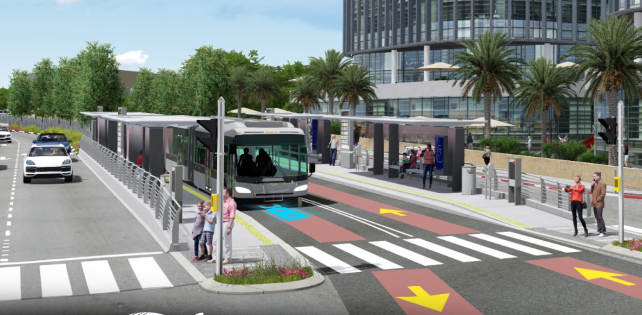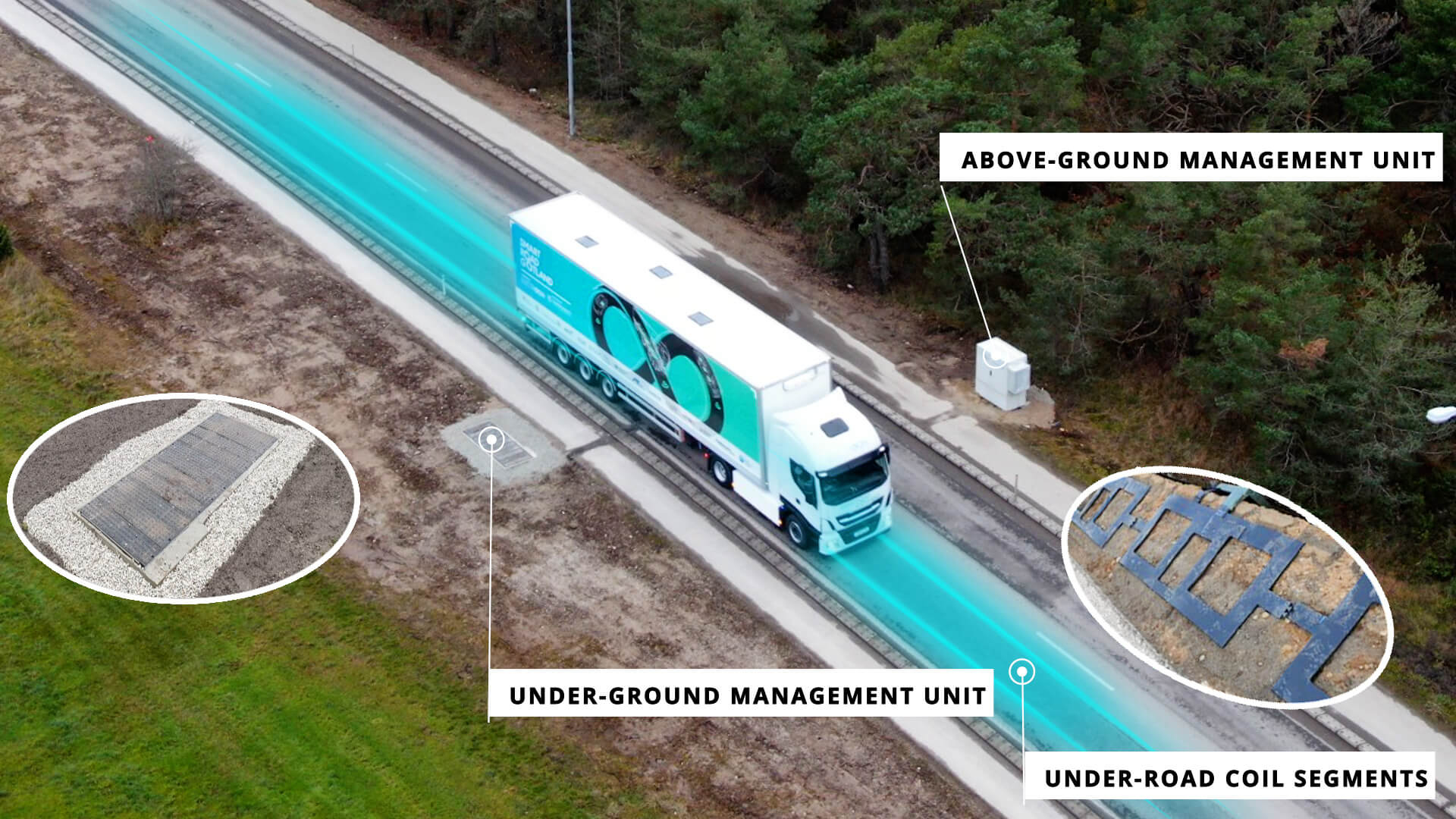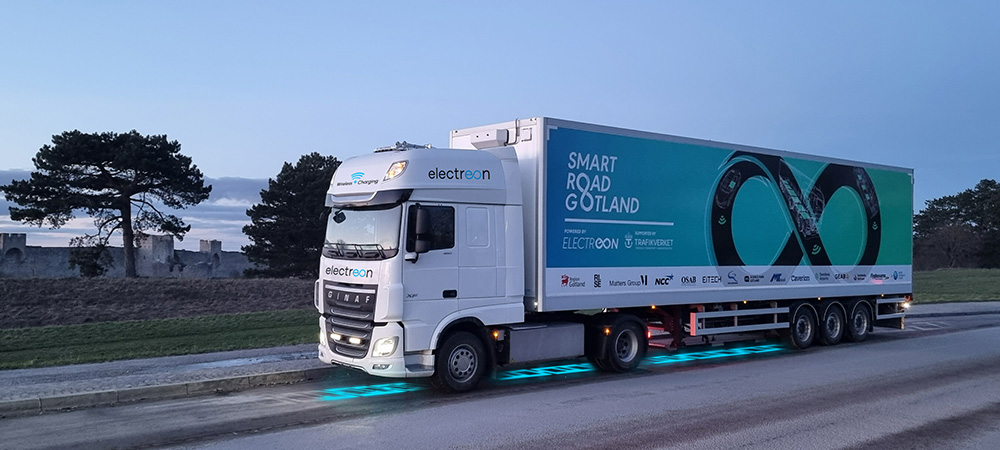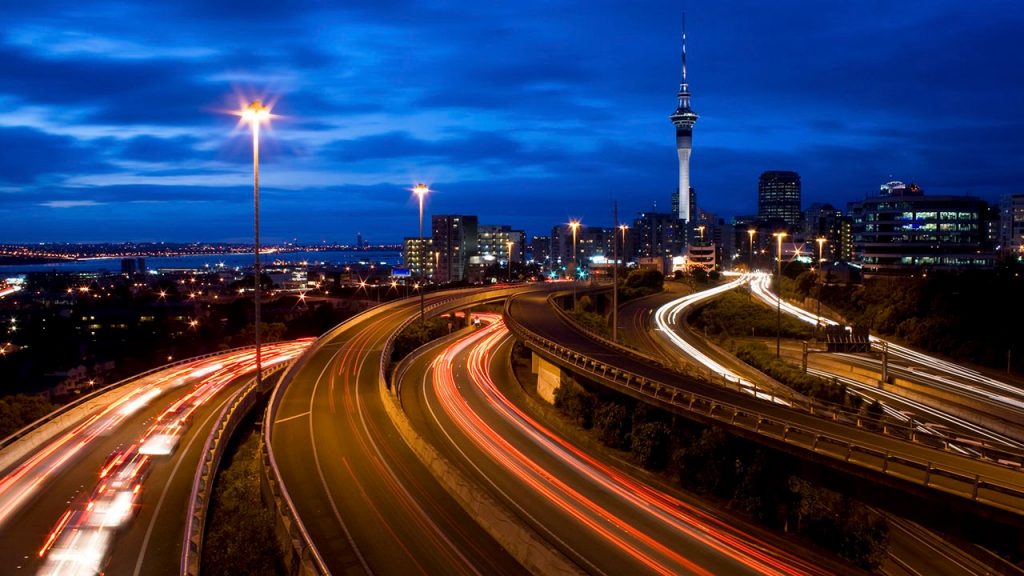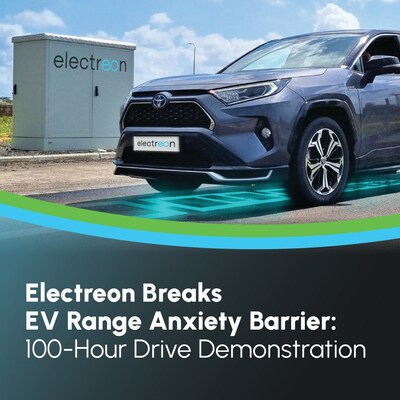
This tender was planned specifically to evaluate wireless charging products for AtB's BRT routes, and the exceptional geographic and climatic conditions of Trondheim. The project deployment will begin in the summer of 2024.
The initial phase will include an electric road section, located on a public road next to AtB AS main bus depot, and will involve a comprehensive series of tests, and thorough evaluation of Electreon's charging capabilities in both drive and stop modes. These meticulous tests aim to demonstrate Electreon's resilience and reliability, guaranteeing its ability to perform optimally in real-world conditions as a key energy provider for AtB's BRT lines. This project marks the initial phase of AtB's preparation for its metro/BRT bus contract.
The ambitious long-term vision of AtB is to establish an electric road in the city of Trondheim, making it accessible to all fleets as a shared charging platform for AtB's buses, e-trucks, and e-taxis. This wireless charging road multiplies its impact tenfold, offering zero visual impact while enabling true sustainability through reduced EV battery sizes and en-route charging. Norway is known as a leader in EV adoption worldwide with an ambitious goal of phasing out internal combustion engine cars by 2025.
AtB, is responsible for planning, purchasing, and developing public transport services to the region and is fully owned by the Trøndelag County Authority. The PTA purchases transport services to the value of approximately 200 million euros annually. The Transport Authority has an exceptionally advanced and expansive public city and regional bus network. The rapid transit routes have become the backbone of the bus network in the county. Each bus is 24-metres in length, with a current carrying capacity of up to 159 passengers. The exceptionally developed expansive public city and regional bus network runs a fleet size of approximately 320 buses operating across 170 bus routes.
While these bus models are well-suited for the extensive local public bus network ridership in Trondheim, electrifying these vehicles in the city presents unique exceptional local challenges. The long routes require the double-articulated e-bus model to carry several tons of batteries, which adds to their cumbersome nature and minimises the environmental benefits of transitioning to e-buses. Moreover, the hilly terrain of the region significantly increases vehicle energy consumption.
Additionally, Trondheim experiences substantial climatic variations, ranging from a humid continental to a subarctic climate. This fluctuating weather poses an additional obstacle to the electrification of the e-bus fleet, as the vehicles require extra energy for heating and cooling. However, by utilising Electreon's ERS product to electrify the bus route, it becomes possible to reduce the size of the bus's battery, increasing the sustainability of the project. Furthermore, the system is designed to charge the buses reliably in any weather or terrain conditions, enhancing the overall efficiency and resilience of the electrification endeavor.
"Inductive charging of vehicles in motion can be an important technology for the transport sector. This project will be most relevant for buses and lorries. The project will provide important knowledge for the coming bus tender in the greater Trondheim area, in operation by 2029. We want to contribute to reducing the barriers for making use of inductive charging under challenging winter conditions and learn how to make it successful," says Konrad Pütz, director of transportation, Trøndelag county authority.



